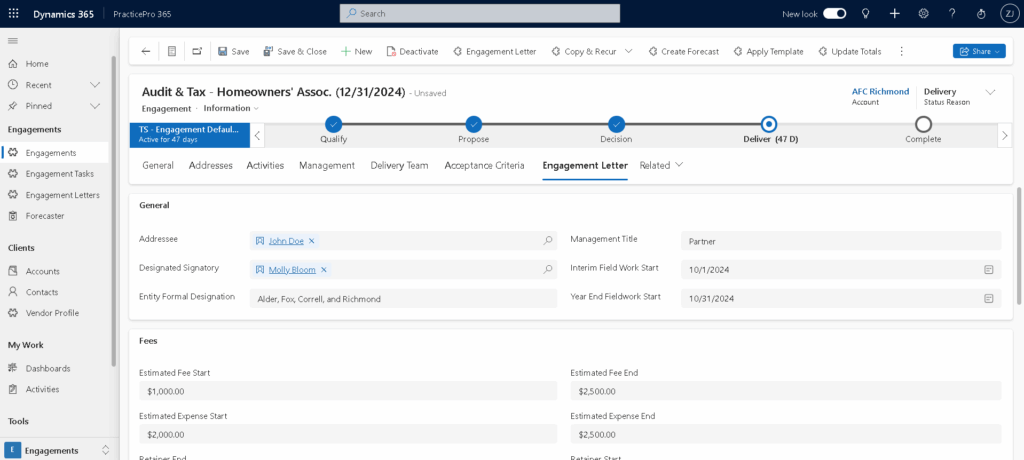The Perils of Point Solutions
Share:

A data-driven approach to business decisions is key to accounting firm profitability and growth. And that makes tracking, crunching and integrating numbers across disparate firm functions mission-critical. But the tools available to accounting firms haven’t yet caught up with their needs.
 Progressive CPA firms have devised a variety of solutions to boost the capabilities of their existing tools. Many firms rely on point solutions that have been cobbled together with a series of integrations. While these techno-Frankensteins are often truly impressive accomplishments of engineering, a closer examination reveals that this approach leaves firms at a competitive disadvantage.
Progressive CPA firms have devised a variety of solutions to boost the capabilities of their existing tools. Many firms rely on point solutions that have been cobbled together with a series of integrations. While these techno-Frankensteins are often truly impressive accomplishments of engineering, a closer examination reveals that this approach leaves firms at a competitive disadvantage.
- Excessive costs – Each one-trick pony adds licensing costs as well as time and money for maintenance and training. When firms use a dozen or more point solutions, as is common, these costs become a significant and unnecessary drain on resources.
- Platform incompatibility leads to brittle or nonexistent integrations – Each point solution is designed for a specific platform (e.g., Microsoft or Oracle) and space (cloud, on-site or mobile). Making these solutions work together requires either homegrown or third-party integration tools. Besides the added costs for consulting, development, maintenance and training end users on integration protocols, there’s the inescapable potential for failure. Carefully balanced integrations are sensitive to many factors, and productivity and profitability both take a hit when one element falls out of alignment. When a single user enters data in an unexpected way – or when a linked system is updated – the entire house of cards can collapse.
- Inadequate visibility – Firm leaders need a holistic view of client and engagement status. Point solutions struggle hard in this area. Data taken from different sources makes it nearly impossible to generate powerful, high-quality business intelligence visuals.
- Bad data – Working with multiple point solutions elevates the risk of relying on data that is inaccurate or incomplete. Which group is most profitable? How many hours really remain in the budget for an engagement team? Managing partners lack confidence in the numbers when they’re looking at multiple “versions” of the truth. Open systems like Excel are particularly vulnerable to user error that can throw unpleasant wrenches into the numbers leaders rely on.
- Bottlenecks and inefficiencies – Managing data and replicating it across point solutions takes time that could be better spent on billables. This tedious work usually falls to just a few individuals. When the person responsible for a data manipulation task is unavailable, it can be impossible to proceed. Delayed dissemination of important information prevents timely decisions and encourages suboptimal decisions based on missing, incomplete or inaccurate data.
Ingenuity, spit and glue are valuable tools that can solve immediate problems. But in the long run, cobbled-together point solutions are no match for a cohesive practice management system that unifies all firm activity – from ideation to balance sheet.
To learn how PracticePro 365 supports visibility, real-time insights and an integrated approach to managing key data, request a demo today.


